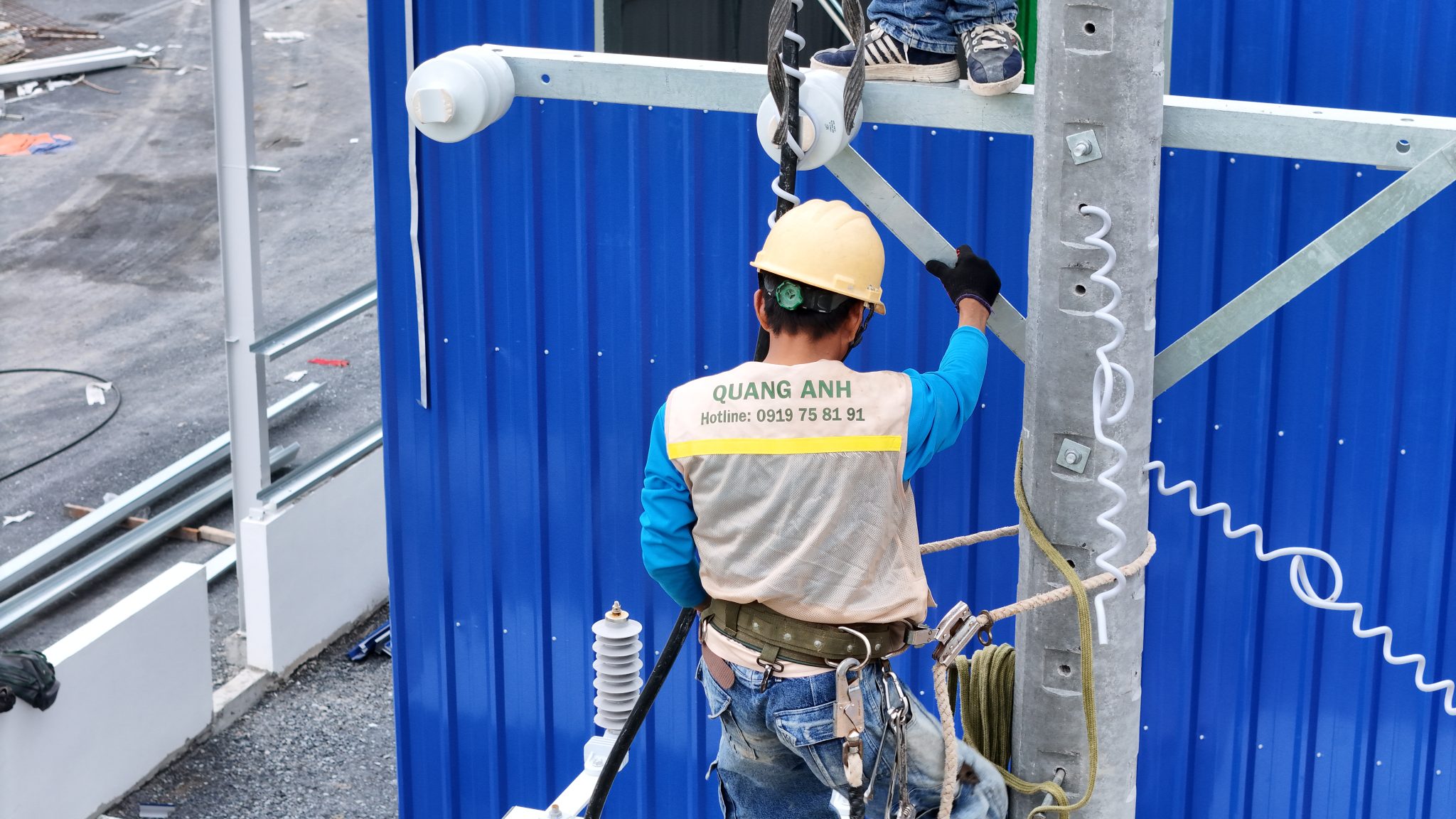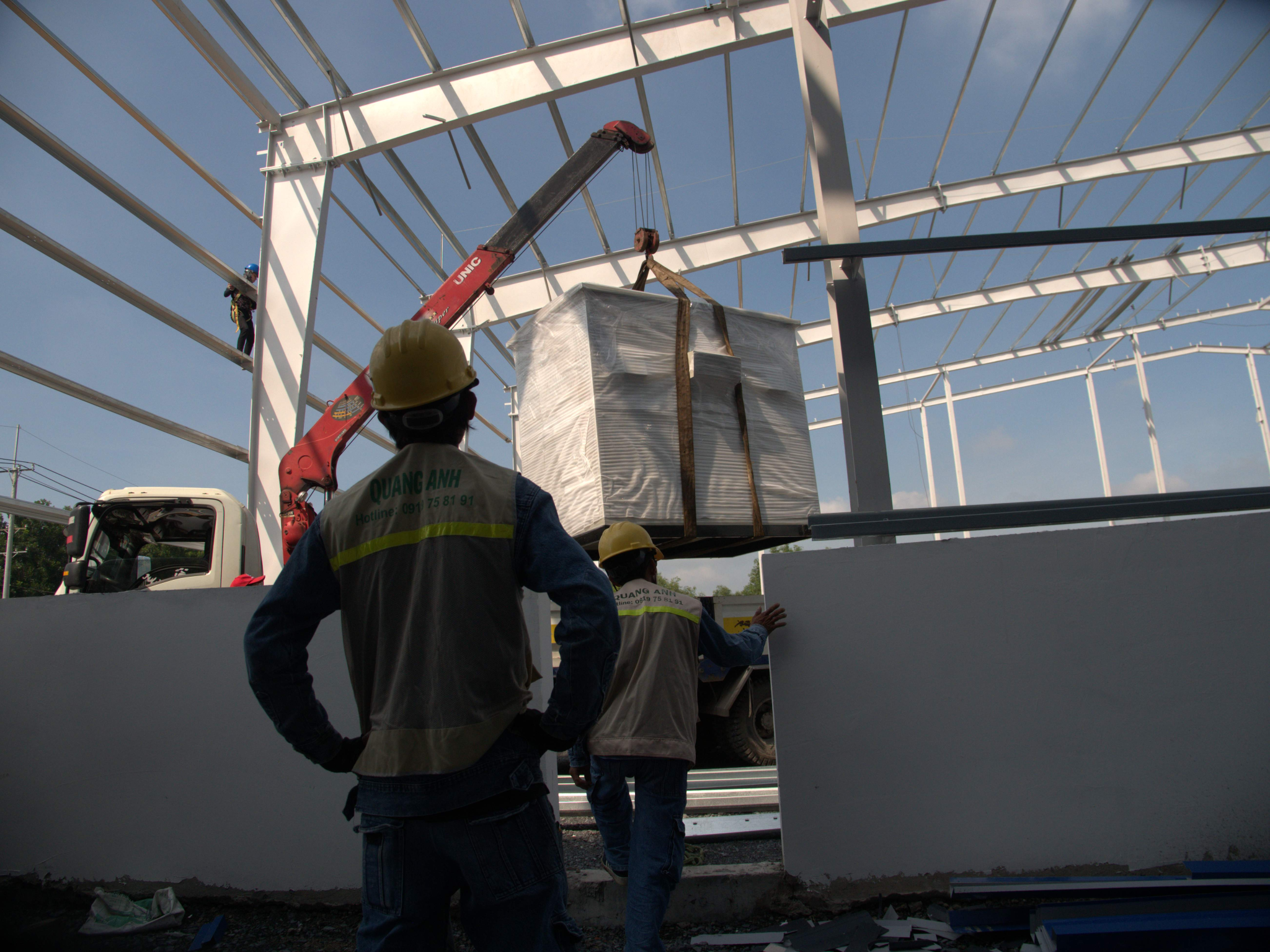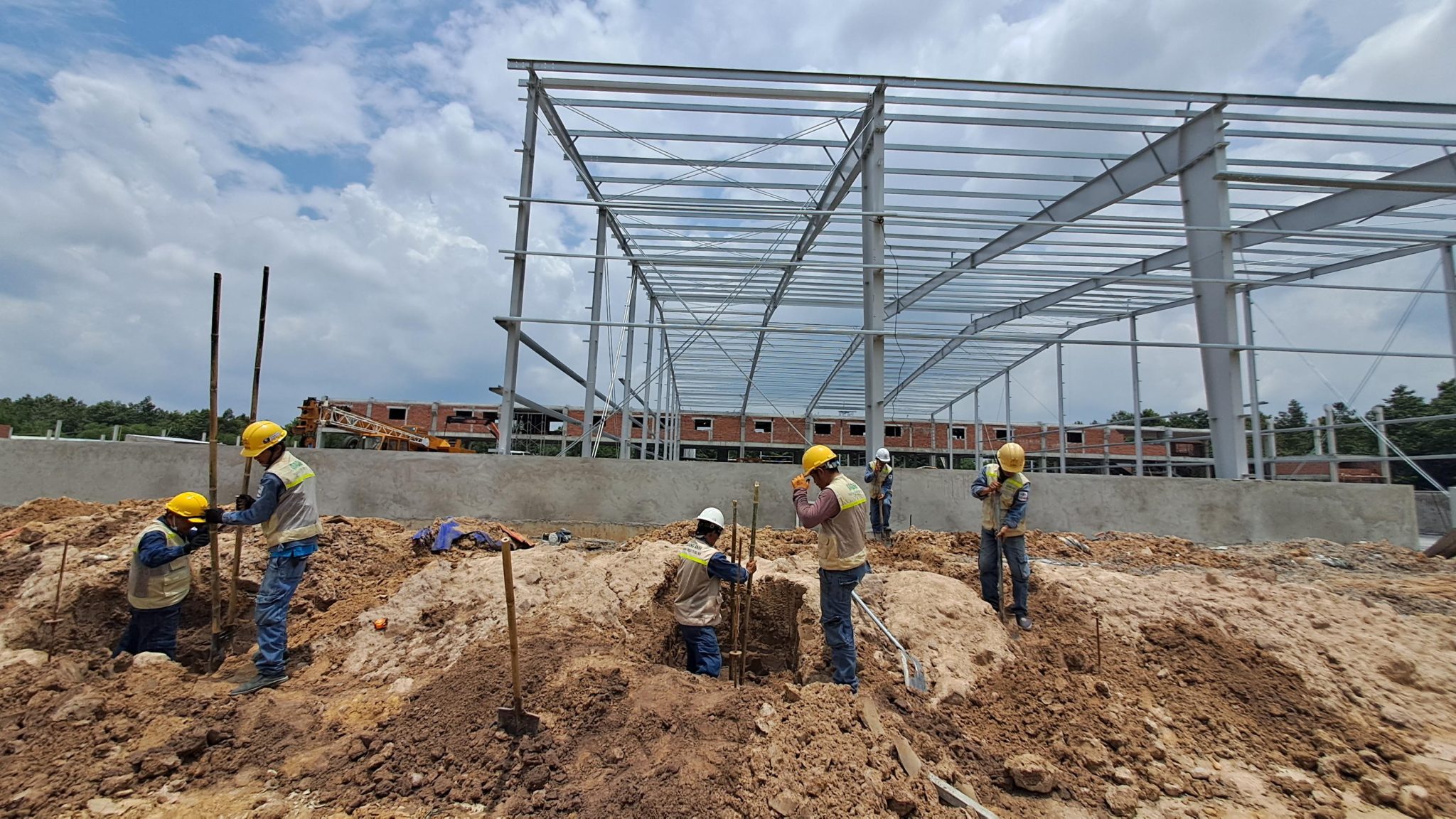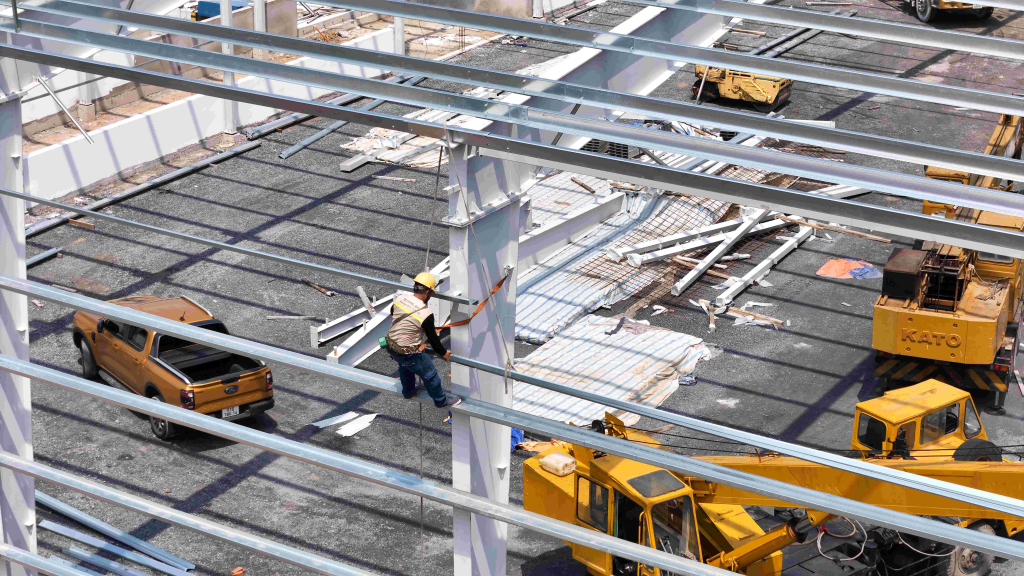News
Industrial Electricity Installation Costs 2025: Factors and Expenses
Electricity installation costs for industrial purposes depend on various factors such as system capacity, type of equipment used, energy storage needs, and installation area. This is especially relevant for solar energy systems for industrial factories.
Factors Affecting Industrial Electricity Installation Costs
Industrial electricity installation costs depend on numerous factors like system capacity, electronic storage devices, and installation area. System capacity is an important factor; the greater the capacity, the higher the cost. Different industrial energy storage devices also affect installation costs, with prices ranging from hundreds of millions to tens of billions in local currency, depending on storage needs and the installation area.
Industrial electricity installation costs are not merely a fixed figure but are influenced by various specialized factors, from technical aspects, market trends to legal policies. To better understand this issue, we need to analyze the following key factors.
System Power Capacity
Power capacity is one of the most important factors affecting electricity installation costs. The higher the power capacity required, the more equipment such as conductors, circuit breakers, and electric panels are necessary. This not only increases material costs but also raises labor costs for installation. Especially, the size of the factory and the number of electrical machinery will directly affect the total power capacity needed.
Type and Quality of Electrical Equipment
Industrial electrical equipment varies from circuit breakers, fuses, to electrical panel systems from well-known brands like Schneider, Mitsubishi, ABB. Choosing equipment not only relies on price but also on quality, durability, and features. Imported, authentic equipment from brands like Thibidi and EEMC generally cost more but ensure safety and long lifespan. Choosing appropriately is necessary to avoid waste or potential dangers.
Complexity and Specificity of the Project
Projects with complex structures or in geographically special areas, difficult traffic regions like remote areas usually increase electricity installation costs. Additionally, the requirement to meet high technical standards such as explosion-proof and interference-proof is a factor that increases installation costs.
Material, Labor Costs, and Construction Time
Fluctuations in market prices of materials significantly affect electricity installation costs. Furthermore, labor costs also vary depending on the region and time. Long-term warranty and maintenance services also add to initial costs but provide sustainable gain in operation.
Legal Factors and Support Policies
Industrial electricity systems must strictly comply with national standards like TCVN 7447-5-51:2010, TCVN 394:2007. Meeting these standards inevitably increases electricity installation costs. On the contrary, supportive policies on solar electricity or energy-saving at localities are opportunities to reduce costs for businesses. Complex legal procedures like fire protection and fighting must also be considered in the total investment budget.
Market Factors and Supply-Demand
The market for materials and construction services for industrial electricity is not immune to effects from the global market, such as price fluctuations in copper, aluminum. Competitiveness is also a strong influence on installation costs, but one should balance between price and service quality for optimized investment decisions.

Solar Power System Installation Costs by Capacity
Installation costs for industrial solar power systems may range from millions to tens of billions in local currency, depending on the capacity. Systems with larger capacity, from 50kW to 1,000kW, require extensive installation area and suitable storage devices, thus affecting the total industrial electricity cost.
Choosing a solar power system that suits the needs and budget depends on several factors. Solar energy installation is not only for households but also for large enterprises that need to seriously consider costs, area, and efficiency.
Cost Categorization by Capacity
Average installation cost for each kWp of solar power ranges from 8.5 to 20 million in local currency. This price can fluctuate based on factors such as the type of system (grid-tied or storage), solar panel brand, and installation location.
-
Small Systems (3-15 kWp): Costs range from 40 million for a 3 kWp system, up to 145 million for 15 kWp. These systems are commonly chosen by households.
-
Industrial Systems (≥ 100 kWp): For larger capacities, the cost per kWp decreases, averaging only 8.5-9 million per kWp when the system size reaches 300 kWp or more.
Installation Cost Calculations
There are two popular methods for calculating installation costs:
- Based on Total Capacity (kWp): Calculating costs based on desired capacity and actual roof area.
- Based on Monthly Electricity Consumption: Determining system size from the monthly electricity bill of households or businesses for accurate cost calculation.
Factors Affecting Installation Costs
- Type of System: Grid-tied systems are usually cheaper than systems with backup storage as they do not require storage batteries.
- Type of Panels and Inverters: This equipment can account for up to 60% of total cost. Brands like Thibidi, EEMC, Schneider greatly influence cost choices and solar panel efficiency.
- Location and Roof Structure: The nature of the roof and geographical conditions can increase or decrease installation costs.
- System Size: Larger systems typically have lower costs per kWp as fixed costs are spread out.
- Maintenance Costs: Generally low and stable, about 1 million per year for cleaning and inspection activities.
Performance and Installation Area Requirements
- On average, systems produce about 4-5 kWh/day for each kWp installed.
- The required area for each kWp ranges from 6-8 square meters, depending on the size and arrangement of panels.
To ensure cost and performance optimization, thoroughly evaluating these factors is essential in the process of industrial or residential solar power installation.

Importance of Three-Phase Electricity Pricing in Operating Costs
Three-phase electricity pricing significantly affects industrial electricity operating costs, with fuel price fluctuations raising costs by 4.8% in 2025. Enterprises need to forecast long-term operating expenses based on peak and off-peak hours, where actual electricity production prices apply for each voltage tier.
Three-phase electricity pricing is considered a key factor in the operating costs of manufacturing facilities and large-scale electricity-using enterprises. Understanding three-phase electricity pricing in operating costs is a strategic step to help businesses optimize costs and increase long-term profits.
- Main Cost Components: Three-phase electricity costs constitute a large part of the operating costs of factories, production workshops, and business establishments. Therefore, mastering electricity price structures is an essential requirement for effective budget management.
- Constituents of Three-Phase Electricity Pricing:
- Electricity Price: This aspect of three-phase electricity pricing reflects the actual electricity consumption of the enterprise.
- Power Price: Relates to the peak power level used by the enterprise at any given time.
- Transmission and Distribution Fees: Costs for maintaining and operating the power network.
- Taxes and Other Charges: Includes VAT and other surcharges, increasing the total cost for the enterprise.
- Three-Phase Production Electricity Price and Business: Rates for production electricity are usually lower than for business use, although higher than residential electricity. They range from 1,094 VND/kWh to over 5,000 VND/kWh, depending on type and specific usage times.
- Time-of-Use Impact on Costs: Changing electricity prices based on time-of-use – peak hours, normal, and off-peak – is essential for businesses to consider optimizing electricity costs. Specifically, shifting activities to off-peak hours can significantly reduce costs.
- Installation and System Costs: This initial investment ranges from 10 million VND and above, and dividing costs between the electricity provider and customers helps in clearer financial management.
Planning and effective cost control is necessary. Managing three-phase electricity prices in operating costs not only involves understanding the price structure and movements but also strategically using effective power to avoid unnecessary peak power costs.

Industrial electricity systems, especially solar, provide long-term benefits in technical and financial strategy. Calculating investment and operating costs properly helps enterprises maximize economic efficiency and ensure sustainable development.
Contact QuangAnhcons via Hotline: +84 9 1975 8191 for detailed consultancy on optimal industrial electricity solutions for your business.
QuangAnhcons provides consulting, design, and installation services for industrial electricity systems, supporting businesses to optimize costs and operational efficiency, ensuring safety standards and sustainable development.

 Tiếng Việt
Tiếng Việt 简体中文
简体中文 Deutsch
Deutsch 日本語
日本語 한국어
한국어 ไทย
ไทย Русский
Русский Français
Français
